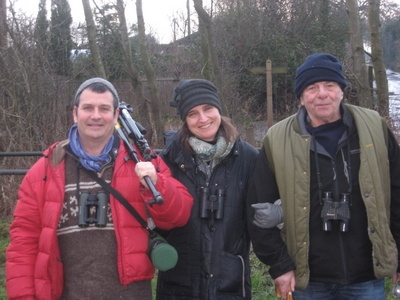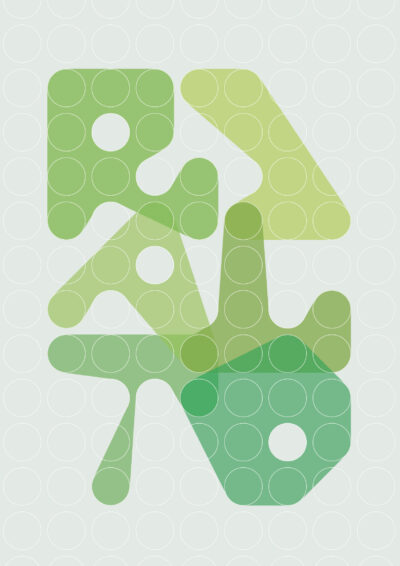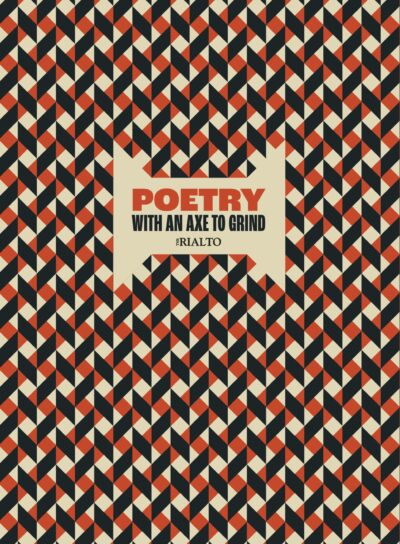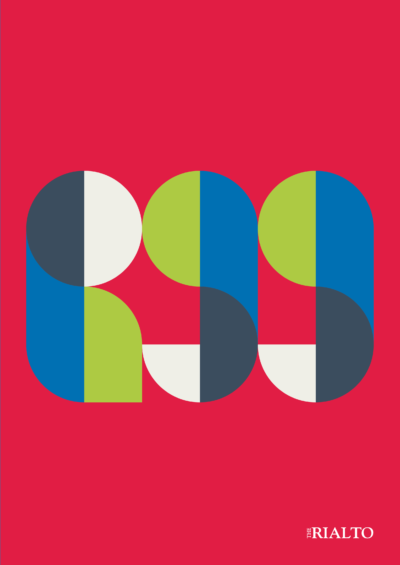There’s no poetry in money, and no money in poetry, yet I still enter the odd competition. In doing so, I’m not seriously seeking to disprove this fundamental law of the known universe, but merely hoping to draw a small spotlight toward a poem that may have something to say to a wider audience. While I believe that the personal is always deeply political, given the British poetry world’s general suspicion of ‘issues’ based work, I’m pleased by the fact that my two most successful competition poems have both addressed issues of public concern – ‘Shaking the Bottle’, a poem about a Palestinian suicide bomber, was a runner-up the 2010 Cardiff International Poetry Prize, while my Additional Prize winning poem in the 2012 RSPB and The Rialto Nature Poetry Competition, ‘On Advising a Young Man from Galway to do a Second MA in Biodiversity’ concerns ecocide. It’s heartening to report that some judges like to read poems that critically engage with our collective reality.
 On the principle that poetry is a way of life, not a living, I spent my £50 Cardiff prize on a train ticket to Wales for the ceremony; and how grateful I am that the laws of poetic physics dictated that my RSPB prize would not be crude lucre, but an unforgettable experience: a bird walk in Norfolk with top ornithologist and nature writer Mark Cocker, poet and RSPB officer Matt Howard, and The Rialto’s own Michael Mackmin. My father was Norfolk born-and-bred, and I visit my aunt, a keen local historian, in the county twice a year. I’ve begun a long epic poem about Boudica in Norfolk dialect, a work interrupted by an unexpected diversion into science fiction novel writing, for which I am currently researching owls and pigeons and, more generally, climate change. So it was a sheer delight to spend a bright day on the Broads tramping down muddy lanes and over marram grass dunes, sharing high enthusiasms with three fellow eco-literary souls.
On the principle that poetry is a way of life, not a living, I spent my £50 Cardiff prize on a train ticket to Wales for the ceremony; and how grateful I am that the laws of poetic physics dictated that my RSPB prize would not be crude lucre, but an unforgettable experience: a bird walk in Norfolk with top ornithologist and nature writer Mark Cocker, poet and RSPB officer Matt Howard, and The Rialto’s own Michael Mackmin. My father was Norfolk born-and-bred, and I visit my aunt, a keen local historian, in the county twice a year. I’ve begun a long epic poem about Boudica in Norfolk dialect, a work interrupted by an unexpected diversion into science fiction novel writing, for which I am currently researching owls and pigeons and, more generally, climate change. So it was a sheer delight to spend a bright day on the Broads tramping down muddy lanes and over marram grass dunes, sharing high enthusiasms with three fellow eco-literary souls.
Sadly my aunt had hurt her leg and couldn’t join us on the walk, but Mary kindly drove me to Norwich where I took pleasure in introducing her to Michael Mackmin, who many moons ago published some of my first (rather racy) poems in The Rialto. Matt, a former young insurance salesman turned ardent conservationist, and the visionary behind the competition, hunted down some binoculars for me in the RSPB offices. Mark, natty in a knitted skullcap, directed us to Reedham, our first stop of the day. Conversation in the car revolved around Mark’s latest project, the monumental international study Birds and People, and the recent campaign strategy lamentably adopted by many environmentalist groups, of quantifying the financial value of birds, animals, plants and landscapes. In contrast we considered the vital role creative writing – and the much maligned CW degree courses – could play in opening people to a deeper appreciation of nature-in-itself, or what some eco-critics call the ‘more-than-human world’.
Well-wellied up, we walked along the reed beds of the Yare, skylarks soaring out of sight as reed bunting and bearded reedlings flitted between the sunlit stems. In the distant skies lissom skeins of geese confounded our counting abilities, while on the other side of the dyke, marsh harriers hunted for voles and – most wonderfully of all for this city slicker – a barn owl cruised a wetlands meadow, its body a golden bullet in the morning light. The barn owl plays a starring role in my second novel, Astra, and that shining image of its trim-winged form will, I know, find a roost somewhere in the final draft. I had glimpsed another barn owl the day before, in a field outside my aunt’s village, and happily Mark confirmed Mary’s view that the county’s nesting box schemes have increased the population of this much loved bird.
Our next stop was Horsey, where we parked on the side of the road by a field covered with plovers and seagulls. The word ‘kleptoparasitical’ practically prancing off Mark’s tongue, he explained that the gulls were whipping worms right out of the plovers’ beaks. The presence of the gulls also deterred raptors, however, and as the plovers paid their obeisance, a short-eared owl balefully circled, as yet unfed. Here my owl research took a quantum step forward as Michael set up his tripod and telescope, and I had a fantastic gawk at this large, ghoulish owl, its deep-set eyes and intensely patterned black-and-white feathers giving it the look of a crosshatched Edward Gorey villain. An image, perhaps, for novel number three . .
Here at Horsey as well, we saw a kestrel and a heron, and like a visitation of ergotism, twitching fever began to infiltrate our little group. ‘You visited the Scillies in the fifties?’ Mark asked Michael in awe. ‘But you would have known Hilda Quick?’ ‘Oh yes, I remember Hilda,’ Michael confirmed as Mark rhapsodized: ‘Hilda Quick found Britain’s first Blue-cheeked Bee-eater―’ It was all too marvellously arcane for a chat by a wintery ditch, and Matt and I burst into giggles. Mark stopped, with a sheepish grin, but later I googled Hilda Quick and discovered a great birder of yore and a fine engraver, a legend of the Cornish arts and nature scene.
Lunch was a cosy pub meal at The Nelson Head. Here Matt and I discovered a shared appreciation of the esoteric Ted Hughes scholar Ann Skea, Michael intoned the immortal phrase ‘poets never forgive’, and I was touched by my companions’ keen interest in my winning poem. For what poets crave, of course, is not financial reward, but readers. I told them the story of its inspiration: my summer pilgrimage to Clare Island, County Mayo, home of the 16th century chieftain Granuaille, AKA pirate queen Grace O’Malley. I had walked around the island like a banfili, begging bowls of soup in exchange for copies of Grace of the Gamblers, my ballad pamphlet based on her life and legend. I was followed by small birds I’d thought were robins or sparrows, hopping from post to post or riffling away across the grazing pastures, but a woman on the ferry back to the mainland informed me that no, these were male and female linnets. The discovery sparked the first draft of ‘On Advising …’ which I wrote in a great rush on the train to Kildare. Privately thanking Grace for having delivered another free lunch, I presented copies of my ballad pamphlet to my three Norfolk hosts. Mark told us that the linnet population is in fact declining in the UK; discussing what role the arts could or should play in eco-activism, we exchanged information about two organisations dedicated to bringing our place in nature back to the forefront of our consciousness: The Dark Mountain Project and New Networks for Nature.
We were a twenty minutes’ stroll from the coast, and Mark took us next on a walk along the dunes to visit a colony of grey seals. This was another tremendous sight: two hundred-odd massive seals lolling on the sands, their distinctive coats ranging from shimmering silver to speckly black archipelagos, the markings unique as human faces. Behind them, sleek heads protruded from the clouded sea, whiskery couples nuzzling and canoodling in the waves. Powerfully at home in their element, their ungainly bulk buoyant in the water, on land the seals were as comical as tubby, misplaced Club Med sun-bathers, glamorous matrons doing random yoga exercises on a cold bleak shore. Watching the animals stretching, yawning, or clumsily whalloping up the beach, I bubbled up with happiness, doubling over with laughter as one particularly curious individual began as if to wave at me, then, tossing its head, dismissively scratched its chest with a black-fingernailed flipper. Any clowning was of course entirely unintentional; the seals in fact regarded us with what appeared to be an indulgent yet wary awareness. Keeping a respectful distance, we scanned the herd, noting just one pup. Two RSPCA officers guarding a pair wounded in a fishing net, told us that last year’s young had grown rapidly: ‘their mothers’ milk as thick as lard’.
It humbled me to think that I’ve lived in the British Isles for over twenty years and yet this was my first close encounter with our largest sea mammal. ‘Quantify that,’ I whispered to Matt. As Mark commented, we used to be wholly dependent on seal oil for fuel and manufacturing, but though our economy has little need of blubber now, what we would lose if this threatened species disappeared is immeasurable. For on closer inspection, the seals’ enviable fat contentment was an illusion: one in ten showed marks of nylon mesh strangulation, and when Mark returned the following week, he learned that the little pup was probably dying. As the Mastercard ad should say: Cost of seal conservation: a tightly enforced law and a few hundred thousand pounds a year. Sense of your own species’ wider insignificance and true responsibilities: priceless.
 Our last stop was Stub Farm, between Horsey and Hickling, where Mark led us to a platform lined with telescope- toting twitchers, all of us hoping to see cranes. But though we counted fifteen marsh harriers flapping one by one toward their nightly roost; a goldcrest; four twilit herons; and two magpies – first, as Mark remarked, ‘a poet’s magpie – one for woe’, then, to redeem us, ‘two for joy’ – the white stalkers remained elusive. Mark was disappointed for me, but I didn’t mind. For on this crisp, beautiful day I had felt a sense of belonging, not only to Norfolk, but to a long, passionate, gloriously eccentric tradition of people who value the natural world for its own sake: and in that vast and multifarious world there will always be a bird you hope to see next time. That is, if we can protect birds’ habitats, their food supply, and their irreducible Otherness – the absolute autonomy of wild creatures that paradoxically illuminates the most solitary and communal aspects of human nature too.
Our last stop was Stub Farm, between Horsey and Hickling, where Mark led us to a platform lined with telescope- toting twitchers, all of us hoping to see cranes. But though we counted fifteen marsh harriers flapping one by one toward their nightly roost; a goldcrest; four twilit herons; and two magpies – first, as Mark remarked, ‘a poet’s magpie – one for woe’, then, to redeem us, ‘two for joy’ – the white stalkers remained elusive. Mark was disappointed for me, but I didn’t mind. For on this crisp, beautiful day I had felt a sense of belonging, not only to Norfolk, but to a long, passionate, gloriously eccentric tradition of people who value the natural world for its own sake: and in that vast and multifarious world there will always be a bird you hope to see next time. That is, if we can protect birds’ habitats, their food supply, and their irreducible Otherness – the absolute autonomy of wild creatures that paradoxically illuminates the most solitary and communal aspects of human nature too.
Mark Cocker, me, and Michael Mackmin, photo by Matt Howard.
With thanks to Mark Cocker for the seal photos!
Naomi Foyle
Originally published on Naomi’s blog here http://naomifoyle.com/wp/encountering-the-incalculable-a-walk-in-the-norfolk-broads/






